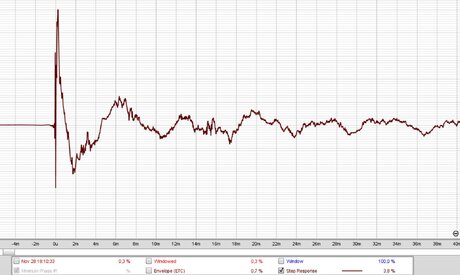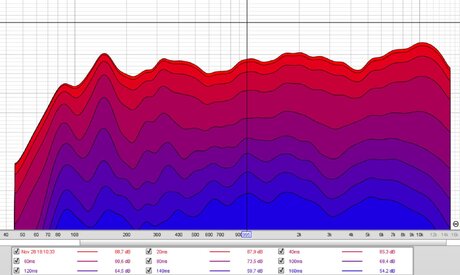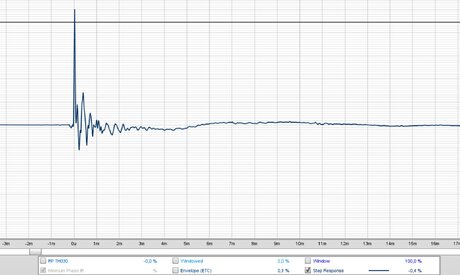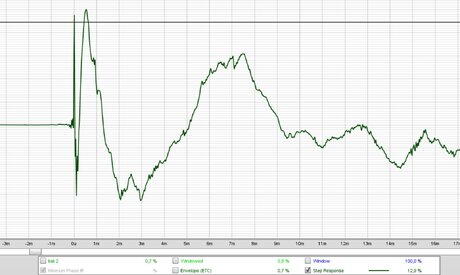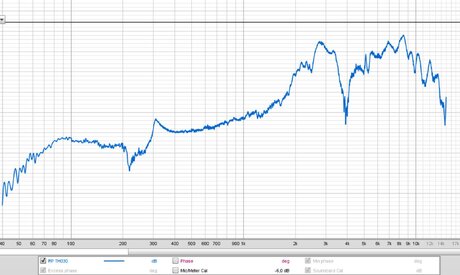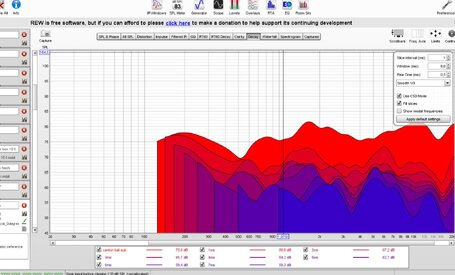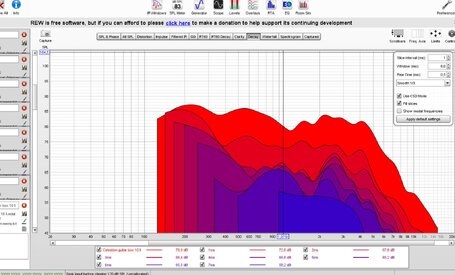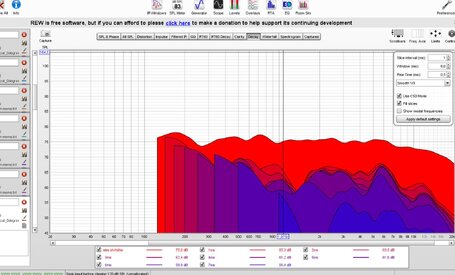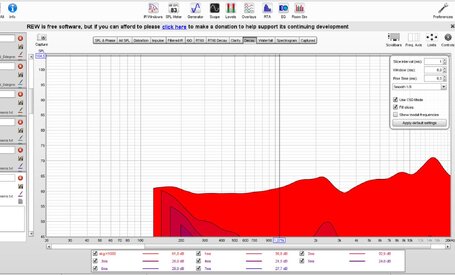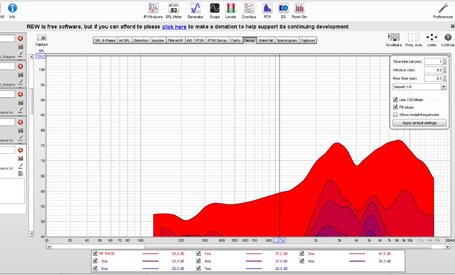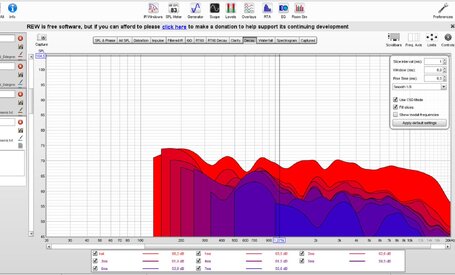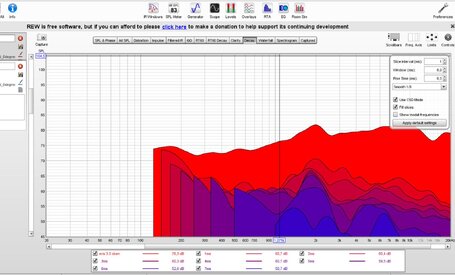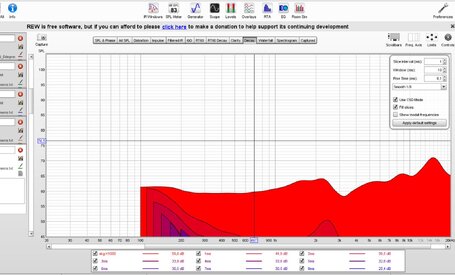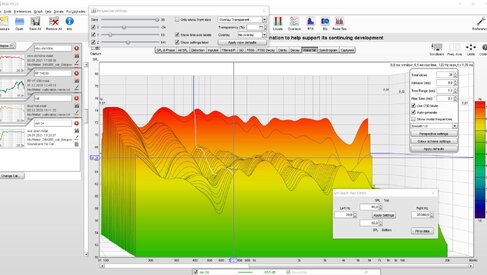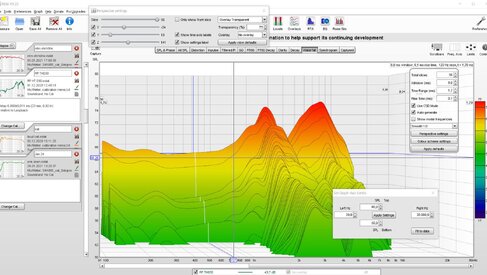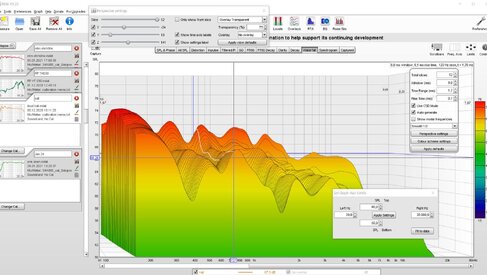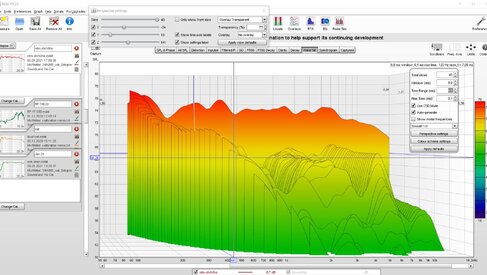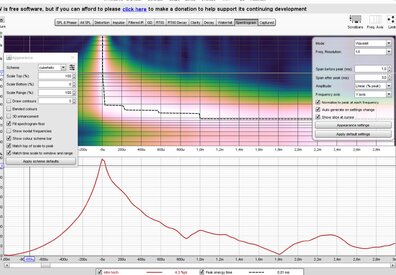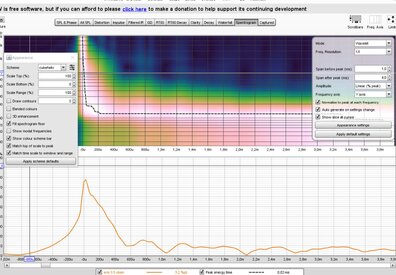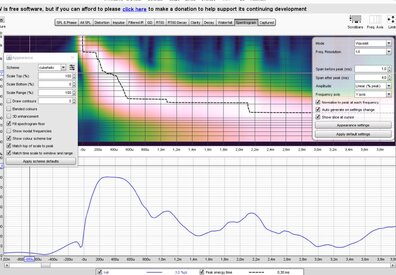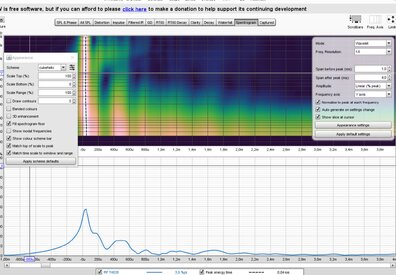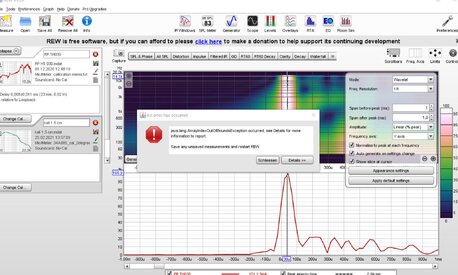user44455555
Registered
Thread Starter
- Joined
- Jan 16, 2021
- Posts
- 167
I have measure all speakers 20 hz upto 20 khz. I now wish to show the step response from 150 hz upto 1.5 khz because i read that the step response change of frequency response of the speaker. so i can better compare speakers when show only small range. and what do you think which is best measure method to see the precision of the mid range ?. I see 3.5 inch speakers have much better step response as large 2 way speakers and i hear much more stereo width on 3.5 inch speakers. for binaral heraring mid range precision of a speaker seem important. can read that brain can detect 10-20 microseconds of delay between ears. i do test and i really hear a litte 22.6 microseconds delay but i hear not tones with 50 microseconds period.

 pubmed.ncbi.nlm.nih.gov
pubmed.ncbi.nlm.nih.gov

Microsecond temporal resolution in monaural hearing without spectral cues? - PubMed
The auditory system encodes the timing of peaks in basilar-membrane motion with exquisite precision, and perceptual models of binaural processing indicate that the limit of temporal resolution in humans is as little as 10-20 microseconds. In these binaural studies, pairs of continuous sounds...
The auditory system encodes the timing of peaks in basilar-membrane motion with exquisite precision, and perceptual models of binaural processing indicate that the limit of temporal resolution in humans is as little as 10-20 microseconds. In these binaural studies, pairs of continuous sounds with microsecond differences are presented simultaneously, one sound to each ear. In this paper, a monaural masking experiment is described in which pairs of continuous sounds with microsecond time differences were combined and presented to both ears. The stimuli were matched in terms of the excitation patterns they produced, and a perceptual model of monaural processing indicates that the limit of temporal resolution in this case is similar to that in the binaural system.









